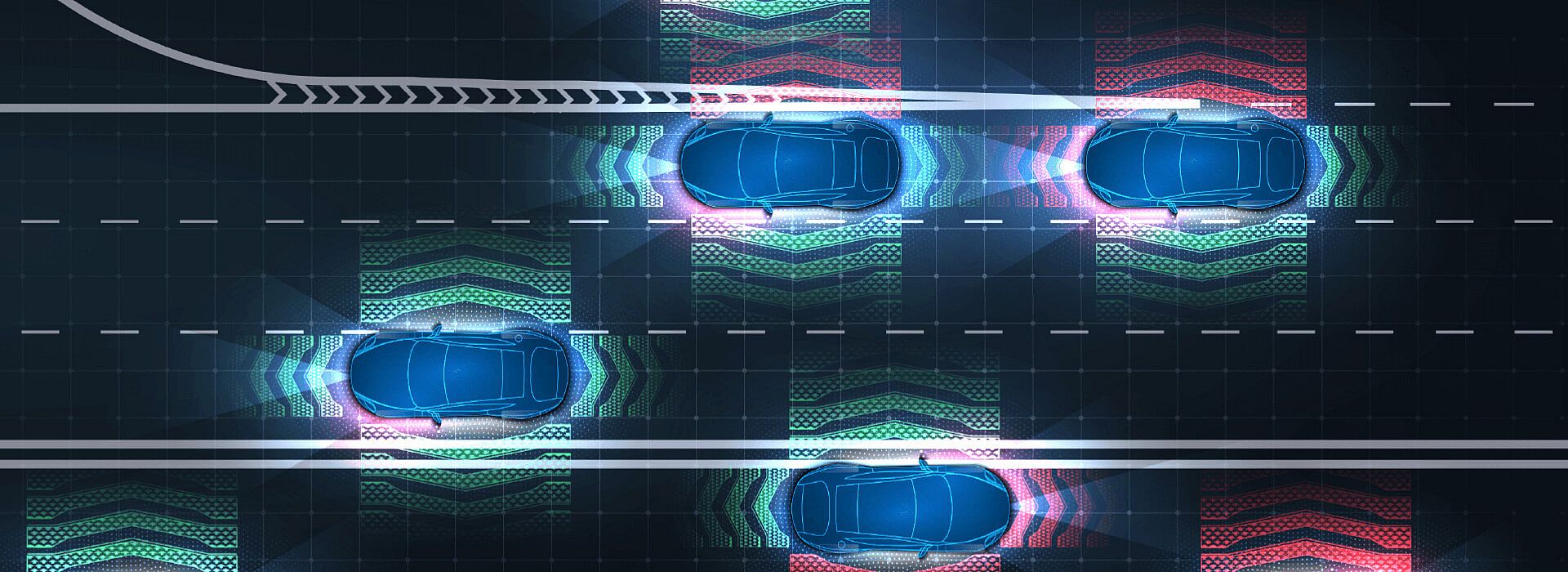
Robust algorithms and distributed systems for the digital highway of the future
Providentia++ is the continuation of the Providentia research project, in which the consortium led by fortiss GmbH conducted basic research to create a digital image of the traffic situation on the highway. The follow-up project will build on the foundations of Providentia and research the interaction of information flows in highly automated vehicles with the infrastructure, as well as the development of value-added services based on a high-precision and high-availability digital real-time twin.
The test track set up in Providentia will be extended for this purpose along the following lines:
In addition, the test track will be extended to include an urban area with traffic intersections in order to optimally map the exploration of further use cases.
The goal of fortiss in Providentia++ is to take a closer look at the interaction of vehicles and infrastructure and to understand this as an overall system. Only in this way can the potential of a system like Providentia be fully exploited and become usable to reliably expand the field of vision of autonomous vehicles.
Here, fortiss is researching, among other things, the resolution of occlusions in the vehicle's perception and the detection of higher-level patterns (e.g., the convergence of lanes or the early detection of dangerous situations) in order to make better decisions for future driving maneuvers.
In particular, fortiss will address robust algorithms for environment perception - even in adverse traffic and weather conditions - by autonomous vehicles, in interaction with the Providentia digital infrastructure, and real-time data processing requirements.
Safe autonomous driving requires ensuring that incoming information is processed in a timely manner. This can be achieved by intelligently distributing the computing load. The goal of fortiss is to develop a flexible integration platform, in the sense of a dynamic mixed criticality platform (dMxC) for real-time applications, to enable an adaptive and at the same time adjusted distribution of the computing load on the heterogeneous subcomponents of the overall system.
